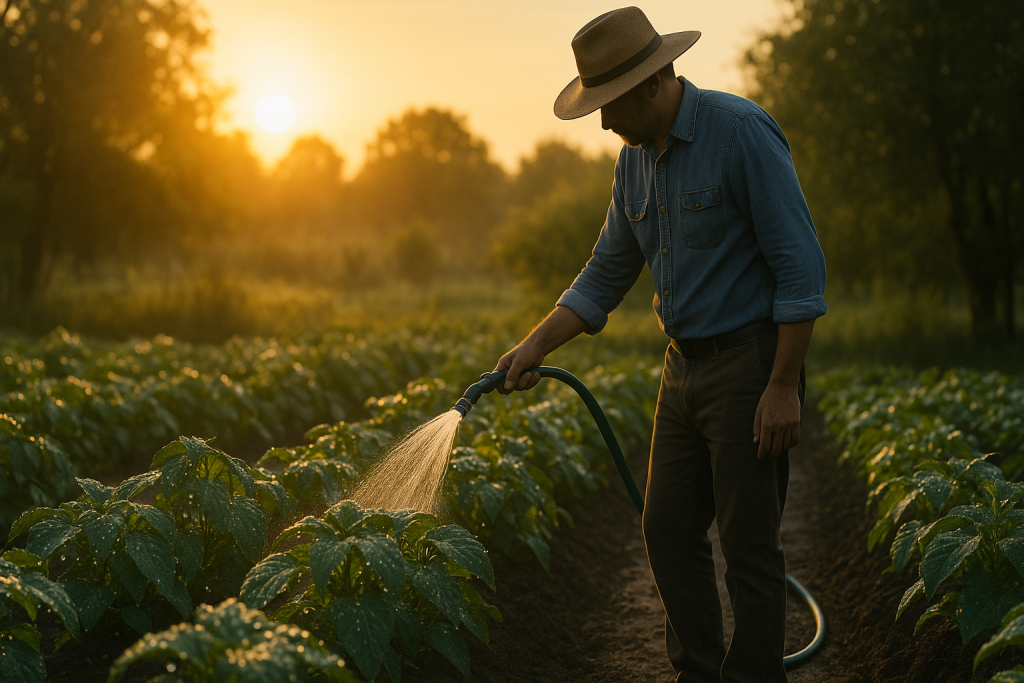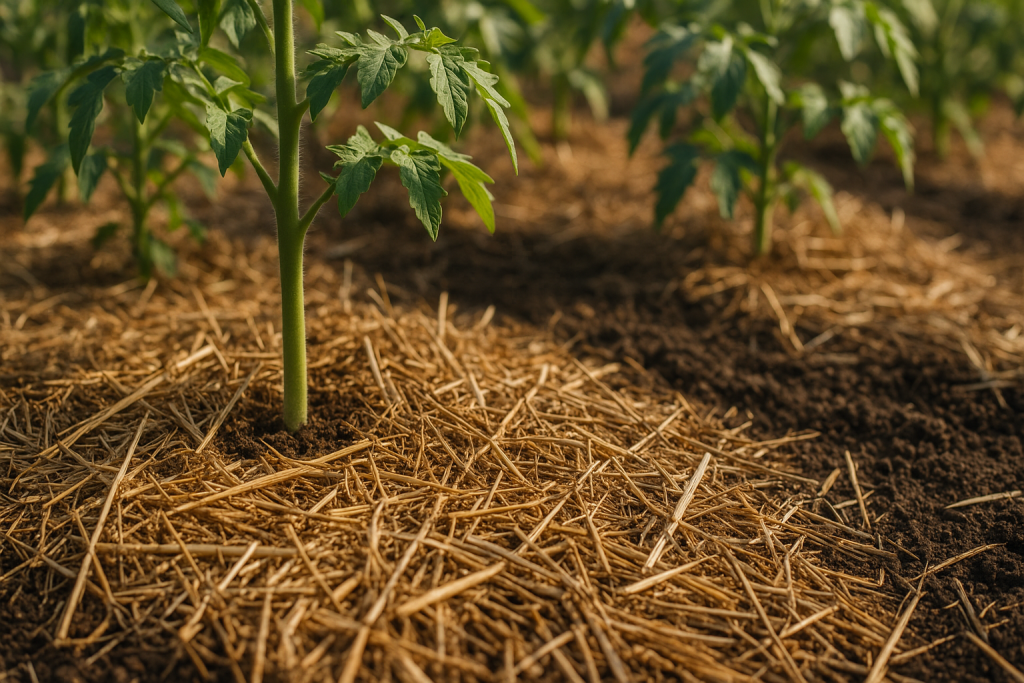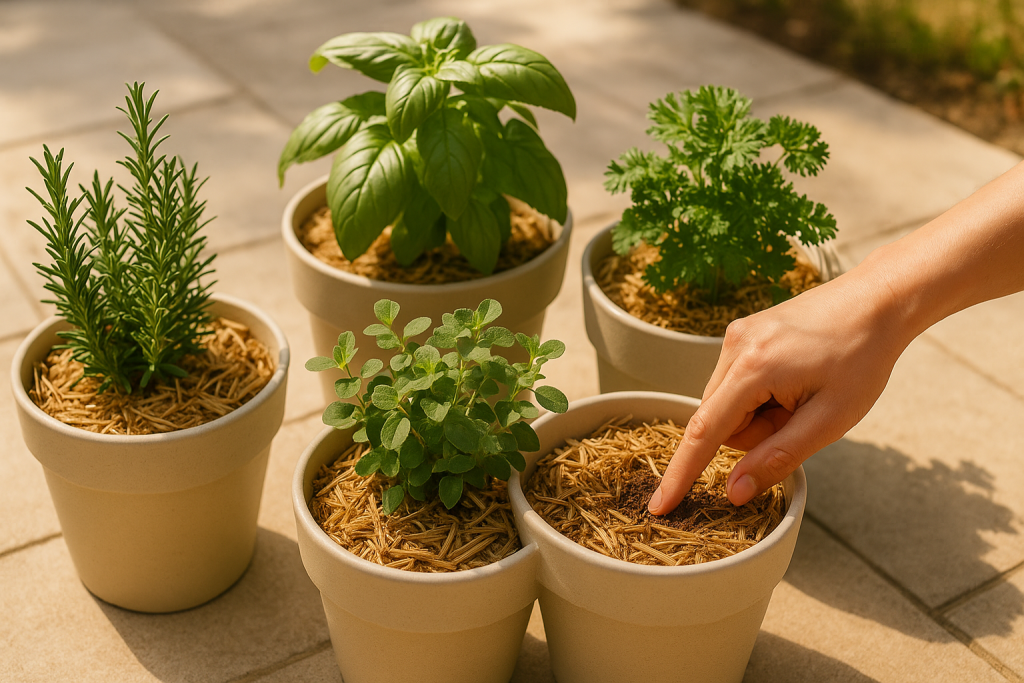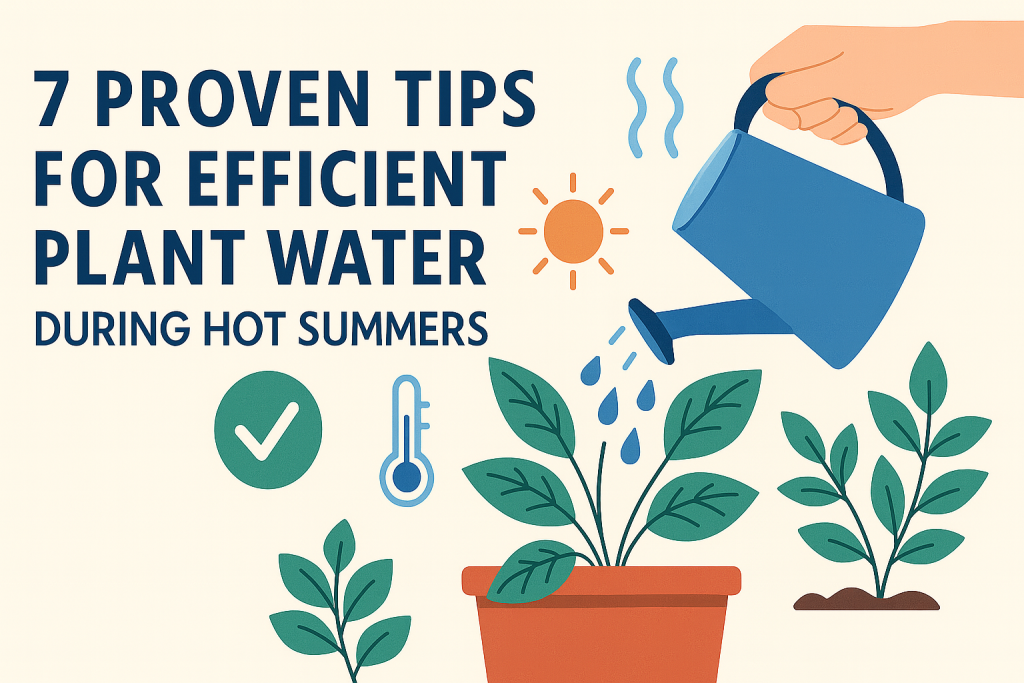Why Efficient Summer Watering is Essential for Plant Health
Hot summers can be particularly challenging for gardeners and plant enthusiasts. High temperatures, intense sunlight, and rapid evaporation can quickly leave plants parched and stressed. Efficient plant watering during these times is critical to ensure healthy growth, prevent water waste, and maintain vibrant gardens.
Understanding the unique demands that summer heat places on plants will help you adapt your watering approach. When done right, efficient watering not only saves resources but also allows your plants to thrive despite extreme conditions.
1. Choose the Best Time of Day to Water Plants
Early Morning Watering
The most effective time to water plants during hot summer months is early in the morning, ideally between 5 am and 9 am. Temperatures are cooler, winds are calmer, and evaporation rates are at their lowest. This gives plants ample time to absorb moisture before temperatures spike, reducing stress and supporting healthy photosynthesis throughout the day.
Evening Watering: Pros and Cons
While watering in the evening (after 6 pm) can also be beneficial, it comes with some risks. Cooler nights mean less evaporation, but consistently wet foliage overnight can promote fungal diseases and pests. If you must water in the evening, ensure you direct water at the soil level rather than on the leaves to minimize these risks.

2. Target the Roots, Not the Leaves
Why Root-Level Watering Matters
Plants absorb water primarily through their roots. Spraying water on leaves during heatwaves not only wastes water due to rapid evaporation but can also scorch the foliage when droplets act as magnifiers in sunlight. Direct water at the soil base to ensure it reaches the root zone, where it is needed most.
Effective Watering Tools and Techniques
- Soaker hoses release water slowly and evenly along their length, targeting the soil and roots directly.
- Drip irrigation systems deliver precise amounts of water to each plant and reduce water waste.
- For small gardens, a watering can with a long spout allows targeted watering and avoids wetting leaves unnecessarily.
3. Water Deeply but Less Frequently
The Deep Watering Principle
Shallow watering encourages roots to remain near the soil surface, making plants more susceptible to heat and drought. Deep, infrequent watering encourages roots to grow deeper into the soil, where moisture is retained longer.
- Water until the soil is moist at least 6-8 inches below the surface.
- Allow the topsoil to dry out between watering sessions to prevent root rot and fungal growth.
- Typically, watering 1-2 times per week is sufficient for established plants, but adjust based on plant species and local climate.
How to Check Soil Moisture Depth
Use a soil moisture probe or simply insert your finger 2-3 inches below the soil surface. If it feels dry, it’s time to water. For a more accurate measure, dig a small hole to check if moisture is present 6-8 inches deep.

4. Mulch to Retain Soil Moisture
Benefits of Mulching in Summer
Applying a layer of organic mulch (such as wood chips, straw, or compost) around your plants helps reduce evaporation, keep soil temperatures stable, and suppress weeds that compete for water. Studies show that mulched beds can retain up to 80% more moisture compared to bare soil.
Mulching Tips for Maximum Efficiency
- Apply mulch at a depth of 2-4 inches around the root zone, but avoid piling it directly against plant stems to prevent rot.
- Replenish mulch as needed throughout the season, especially after heavy rain or wind.
- Use light-colored mulches to reflect sunlight and keep soil cooler.

5. Group Plants with Similar Water Needs
Why Plant Grouping Matters
Grouping plants by their water requirements (a technique called hydrozoning) allows you to optimize irrigation schedules and reduce overwatering or underwatering. Drought-tolerant plants can thrive on less water, while thirstier species receive the attention they need.
Practical Grouping Examples
- Place succulents, cacti, and Mediterranean herbs together in drier areas.
- Cluster water-loving vegetables like tomatoes, peppers, and cucumbers in a separate bed with more frequent watering.
- Use signs or garden maps to remind yourself of each area’s requirements.
6. Use Water-Saving Tools and Technologies
Smart Irrigation Solutions
Modern technology offers a range of tools to maximize water efficiency in your garden. Drip irrigation systems, soil moisture sensors, and programmable sprinkler timers deliver water only when and where it’s needed, preventing overuse and reducing waste.
Rain Barrels and Water Recycling
Install rain barrels to capture and store rainwater from rooftops. This provides a sustainable, free water source during drier months. Additionally, consider recycling household greywater (from the shower or kitchen sink, using eco-friendly soaps) for ornamental plants, further reducing your environmental footprint.
7. Adjust Watering Practices for Container Plants
Unique Challenges for Pots and Planters
Plants in containers dry out faster than those in the ground, especially during heatwaves. It’s essential to check container soil daily and water whenever the top inch feels dry. Use pots with drainage holes to prevent waterlogging.
Tips for Keeping Containers Cool
- Move containers to shaded spots during the hottest part of the day.
- Group containers together to create a microclimate that retains moisture.
- Add mulch to the tops of pots and use light-colored containers to reduce heat absorption.

Bonus: Signs Your Plants Need Water During Heatwaves
It’s crucial to recognize the early signs of water stress before irreversible damage occurs. Look out for:
- Wilting or drooping leaves, especially in the afternoon
- Leaf curling, browning edges, or yellowing
- Slow or stunted growth
- Dry, cracked soil pulling away from pot edges
Upon noticing these symptoms, take immediate action to rehydrate your plants, adjusting your schedule as needed.
Final Thoughts: Master Summer Watering for Thriving Gardens
Summer heat doesn’t have to mean plant disaster. By following these 7 proven tips for efficient plant watering, you can protect your garden, save water, and enjoy healthy, resilient plants all season long. Remember to observe your plants regularly, adapt your methods as conditions change, and embrace water-wise gardening for a more sustainable, beautiful landscape.


